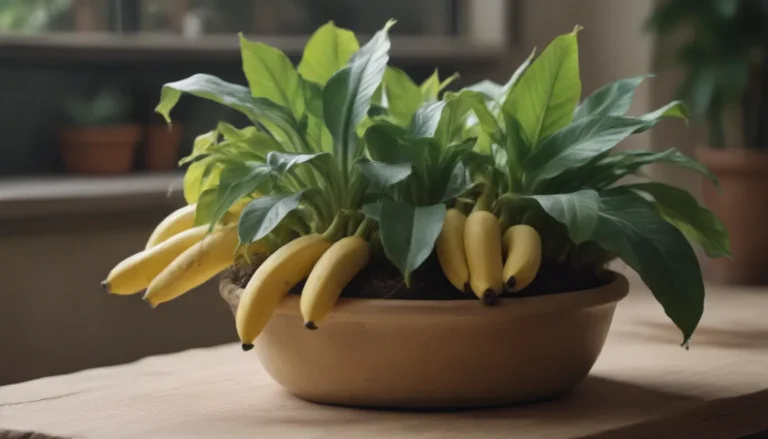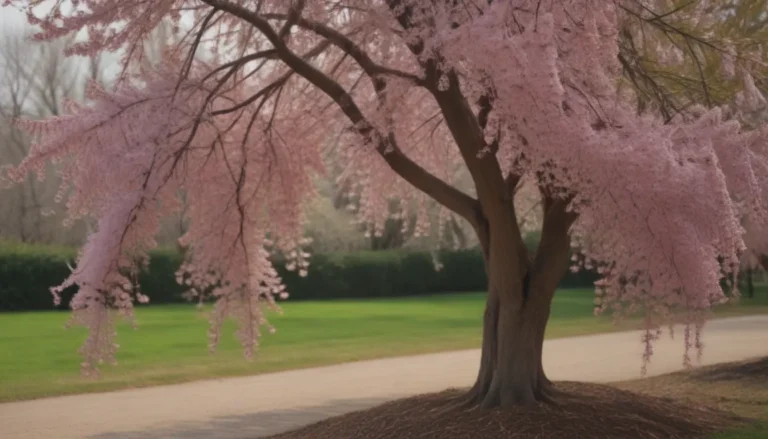Everything You Need to Know About Growing and Caring for Annabelle Hydrangea

Are you looking to add a touch of elegance to your garden? Annabelle hydrangea may just be the perfect choice for you. Known for its stunning, large, white blooms and easy-going nature, this shrub is a favorite among many gardeners. In this comprehensive guide, we will explore everything you need to know to grow and care for Annabelle hydrangea successfully.
What Makes Annabelle Hydrangea Special
Annabelle hydrangea, scientifically known as Hydrangea arborescens ‘Annabelle’, is a beloved smooth hydrangea that can grow up to 3 to 5 feet tall with a spread of 4 to 6 feet. Its huge, rounded flowers, measuring up to a foot across, create a striking contrast against its deep green foliage. This shrub is low-maintenance and adaptable to various soil types and sun exposures, as long as it is planted in moist, acidic soil.
Where to Plant Annabelle Hydrangea
Annabelle hydrangea thrives in a range of environments, making it a versatile addition to any garden. Here are some tips for planting this beautiful shrub:
Light
- Plant Annabelle hydrangea in a spot where it receives morning sun and afternoon shade for optimal growth.
- While it can tolerate full sun in consistently moist locations, it may not bloom as well in full shade.
Soil
- Soil acidity does not affect the color of Annabelle hydrangea’s white flowers.
- This shrub can adapt to various soil types, from clay to sandy, with pH levels between 5.5 to 6.5.
Water
- Annabelle hydrangea is not drought-tolerant, so ensure the soil remains consistently moist throughout the growing season.
- In hot, dry conditions, the leaves and flowers may decline, so regular watering is essential.
Temperature and Humidity
- Ideal temperatures between 65 to 85 degrees F promote healthy growth and blooming.
- Protect the shrub from temperatures below 30 degrees F to ensure winter survival.
Fertilizer
- Use a slow-release, organic, acidic fertilizer with an NPK of 15-10-10 or 10-5-5 once a year in early summer.
- Alternatively, treat the leaves with kelp or fish emulsion foliar spray for added nutrients.
Pruning and Propagating
Maintaining Annabelle hydrangea involves proper pruning and propagation techniques. Here’s what you need to know:
Pruning
- Annabelle hydrangea blooms on new wood, so avoid pruning when new spring growth emerges.
- Remove faded flowers in autumn for winter interest and trim any diseased or damaged branches in late winter.
- Consider cutting the shrub to ground level in winter to support new growth and flower production.
Propagating
- Propagate Annabelle hydrangea using softwood cuttings in spring.
- Use pots with drainage holes, sandy potting mix, rooting hormone, and sterile clippers for successful propagation.
Overwintering and Common Pests
Protecting Annabelle hydrangea during winter and managing pests are crucial for its health and longevity. Here are some key points:
Overwintering
- As this shrub blooms on new growth, focus on protecting its roots during winter temperatures below 30 degrees F.
- Apply a 3-inch layer of wood chips or pine straw to insulate the roots and retain soil moisture.
Common Pest and Plant Diseases
- Look out for the larval form of the leaftier moth, which can diminish blooming.
- Treat leaf spot, powdery mildew, and rust with appropriate fungicides if necessary.
Achieving Beautiful Blooms
The hallmark of Annabelle hydrangea is its stunning, white blooms that captivate onlookers. Here’s how you can ensure your shrub blooms abundantly:
Bloom Months
- Enjoy the first blooms in June, with continued flowering through August and a brief re-blooming phase in autumn.
Flower Characteristics
- Admire the 12-inch clusters of small, white flowers that cover the shrub in prolific numbers.
- While the flowers are not fragrant, their uniform and rounded shape resembles large snowballs.
Deadheading
- Deadheading is not necessary for Annabelle hydrangea but consider cutting flowers for arrangements or dry bouquets.
- Pruning back the shrub to ground level after autumn bloom can promote new growth and healthier blooming.
Conclusion
In conclusion, growing and caring for Annabelle hydrangea is a rewarding experience for any gardener. With its stunning blooms, low-maintenance nature, and adaptability to different conditions, this shrub can be a beautiful addition to your garden landscape. By following the tips and techniques outlined in this guide, you can ensure your Annabelle hydrangea thrives and continues to enchant you with its beauty year after year. Happy gardening!





